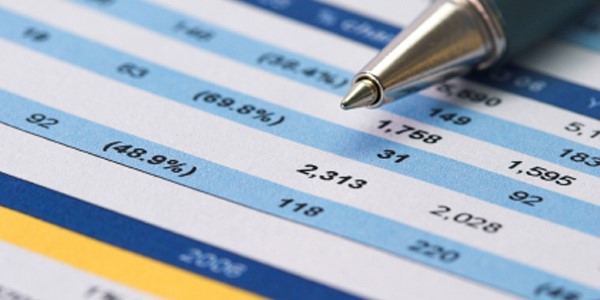Corporate taxes are too complicated to deal with, because of the structure they have.
If you are required to make a plan for tax returns, it can be a challenging task altogether. Nevertheless, every business must prepare a tax return plan for existing year. They may also consult a corporate tax service to pursue this task. With the right kind of expertise and experience, www.ctsassociates.com can prepare tax return plans for any kind of business. Tax consultants do have knowledge that you are fearful of high taxes. This is the sole reason why tax consultant identify every opportunity to give you tax credits. However, the report must be prepared with due diligence.
 Corporate returns are largely based on the return from previous years compared with individual return. There are quite a few factors to consider. Some of them include:
Corporate returns are largely based on the return from previous years compared with individual return. There are quite a few factors to consider. Some of them include:
- Operating Losses (Net)
- Depreciation and accumulated depreciation
- Information of past year which can be taken from previous year’s balance sheet and income statement
K-1 forms and 1099-Div forms must be sent to shareholders and corporate.
The paperwork is huge and the calculations are quite lengthy. Your focus should be balancing out the returns completely.
Essential requirements
- Form 1120 or 1120S
- Prior year returns
- Balance sheet of exiting year and previous year
- Income statement of current and previous years
- How many assets have been purchased this year
- How many assets had been purchased previously
Now, follow these steps
Step-1: You need to calculate the income in existing year. To do that, you’re going to need documents of existing year. This information is required in 1120 form
Enter the following information in the form 1120
- Gross sales mentioned in income statement must be provided in 1a, and allowances and returns in 1b. Difference must be mentioned in 1c
- Cost of goods sold should be written in line 2 while gross profit should be mentioned in line 3
- Remaining portion is for other income through dividends, royalties, interest, capital gains and losses. The total must be entered in line 11.
Step-2: Calculate your expenses mentioned in your income statement.
- In second section of 1120, mention every expense. Then add them and put the total in line 27. The difference of line number 11 and 27 will be your taxable income in current year.
- Put the figure in #28 in case of Net Operating Loss
- In line 31 enter the tax owed which you can calculate using tax schedule.
Tax consultant Canada will be helpful in assisting you to plan your tax returns.
Step-3:
- Go straight to schedule L (A through K are assigned for worksheet)
- In columns a and b available on the left side, enter opening balance of current year.
- Column c and d must be filled with information from current year (from balance sheet)
Step-4: Reconcile the income with the information available in your books. With the help of schedule M-1, fill your income on the basis of income statement against income on the basis of tax return.



